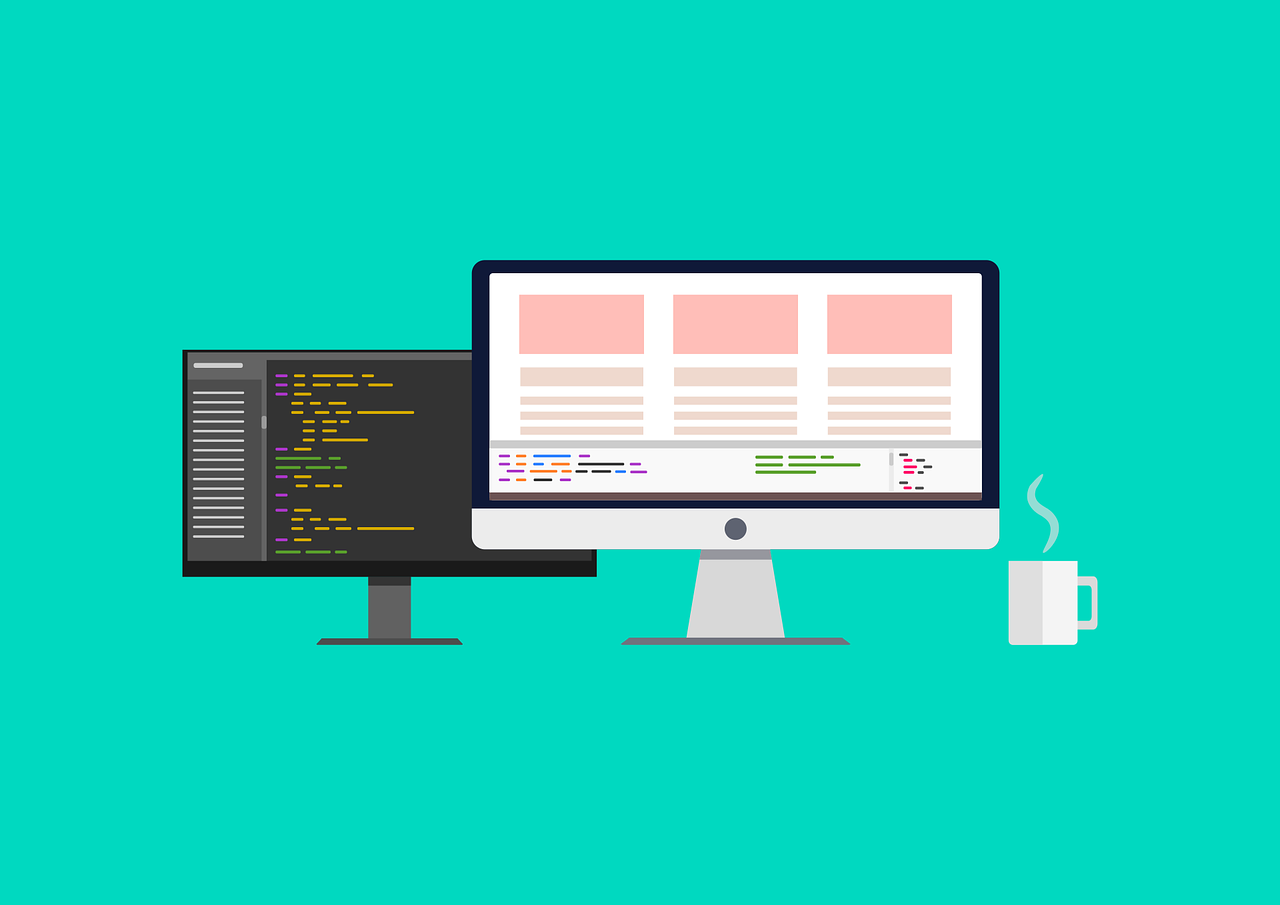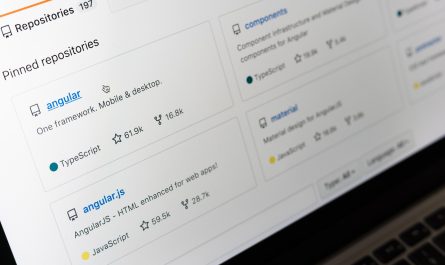In the ever-evolving landscape of web development, Vanilla JavaScript remains a cornerstone for creating dynamic and interactive web applications. While frameworks and libraries have their place, the power and flexibility of pure JavaScript continue to offer unparalleled control and performance. This article delves into the art of building interactive web applications using Vanilla JavaScript, exploring its benefits, core concepts, and advanced techniques.
Understanding Vanilla JavaScript
Vanilla JavaScript refers to using JavaScript in its pure form, without any additional libraries or frameworks. This approach leverages the language’s native capabilities to create robust and efficient web applications.
Benefits of Using Vanilla JavaScript
- Performance: Lighter codebase leads to faster load times and execution
- Full control: Direct manipulation of the DOM without abstraction layers
- Better understanding: Forces developers to grasp core JavaScript concepts
- No dependencies: Reduces potential conflicts and version compatibility issues
- Future-proof: Core JavaScript skills remain relevant regardless of framework trends
Comparing Vanilla JavaScript to Frameworks
| Aspect | Vanilla JavaScript | Frameworks (e.g., React, Angular) |
|---|---|---|
| Learning Curve | Steeper initial learning curve, but foundational | Easier to start, but framework-specific concepts to learn |
| Performance | Generally faster, especially for simpler applications | Can be slower due to additional abstraction layers |
| Flexibility | Complete control over implementation | Often constrained by framework architecture |
| Development Speed | Slower for complex applications | Faster development for large-scale applications |
| Maintenance | Easier for small projects, can be challenging for large ones | Better structure for maintaining large applications |
Setting Up Your Development Environment
To start building with Vanilla JavaScript, you need a minimal set of tools:
- A text editor (e.g., Visual Studio Code, Sublime Text)
- A modern web browser (e.g., Chrome, Firefox)
- Version control system (e.g., Git)
Writing Your First Vanilla JavaScript Program
Here’s a simple example to get started:
<!DOCTYPE html>
<html lang=”en”>
<head>
<meta charset=”UTF-8″>
<title>My First Vanilla JS App</title>
</head>
<body>
<h1 id=”greeting”>Hello, World!</h1>
<script>
document.addEventListener(‘DOMContentLoaded’, () => {
const greeting = document.getElementById(‘greeting’);
greeting.textContent = ‘Hello, Vanilla JavaScript!’;
});
</script>
</body>
</html>
This code demonstrates how to select an element and modify its content using Vanilla JavaScript.
Core Concepts of Vanilla JavaScript

Understanding the DOM
The Document Object Model (DOM) is a programming interface for HTML and XML documents. It represents the structure of a document as a tree-like hierarchy, allowing JavaScript to interact with and manipulate web page content.
Example of DOM manipulation:
// Create a new element
const newParagraph = document.createElement(‘p’);
newParagraph.textContent = ‘This is a new paragraph.’;
// Append it to the body
document.body.appendChild(newParagraph);
Event Handling
Event handling is crucial for creating interactive web applications. It allows you to respond to user actions like clicks, key presses, and form submissions.
const button = document.getElementById(‘myButton’);
button.addEventListener(‘click’, () => {
alert(‘Button clicked!’);
});
Manipulating HTML and CSS with JavaScript
Vanilla JavaScript provides powerful ways to dynamically alter the structure and style of web pages:
const element = document.getElementById(‘myElement’);
// Change HTML content
element.innerHTML = ‘<strong>Updated content</strong>’;
// Modify CSS
element.style.color = ‘blue’;
element.classList.add(‘highlight’);
Building an Interactive Feature
Let’s create a dynamic form with real-time validation using Vanilla JavaScript.
Creating a Dynamic Form
Steps to build a dynamic form:
- Create the HTML structure for the form
- Add event listeners to form inputs
- Implement dynamic updates based on user input
- Display feedback to the user
<form id=”dynamicForm”>
<input type=”text” id=”username” placeholder=”Username”>
<input type=”email” id=”email” placeholder=”Email”>
<button type=”submit”>Submit</button>
</form>
<div id=”feedback”></div>
<script>
const form = document.getElementById(‘dynamicForm’);
const username = document.getElementById(‘username’);
const email = document.getElementById(’email’);
const feedback = document.getElementById(‘feedback’);
form.addEventListener(‘submit’, (e) => {
e.preventDefault();
if (validateForm()) {
feedback.textContent = ‘Form submitted successfully!’;
}
});
function validateForm() {
let isValid = true;
if (username.value.length < 3) {
feedback.textContent = ‘Username must be at least 3 characters long.’;
isValid = false;
}
if (!email.value.includes(‘@’)) {
feedback.textContent = ‘Please enter a valid email address.’;
isValid = false;
}
return isValid;
}
</script>
Implementing Real-time Data Validation
To add real-time validation, we can use the input event:
username.addEventListener(‘input’, () => {
if (username.value.length < 3) {
username.style.borderColor = ‘red’;
} else {
username.style.borderColor = ‘green’;
}
});
email.addEventListener(‘input’, () => {
if (email.value.includes(‘@’)) {
email.style.borderColor = ‘green’;
} else {
email.style.borderColor = ‘red’;
}
});
Advanced Techniques in Vanilla JavaScript

Asynchronous JavaScript with Promises and Fetch API
Asynchronous operations are essential for handling tasks like API requests without blocking the main thread:
fetch(‘https://api.example.com/data’)
.then(response => response.json())
.then(data => {
console.log(‘Data received:’, data);
})
.catch(error => {
console.error(‘Error:’, error);
});
Building a Single Page Application (SPA)
Creating a SPA with Vanilla JavaScript involves managing routes and updating content dynamically:
const routes = {
‘/’: homePage,
‘/about’: aboutPage,
‘/contact’: contactPage
};
function router() {
const path = window.location.pathname;
const page = routes[path] || notFoundPage;
document.getElementById(‘app’).innerHTML = page();
}
window.addEventListener(‘popstate’, router);
document.addEventListener(‘DOMContentLoaded’, router);
Optimizing and Debugging Your JavaScript Code
Code Optimization Techniques
- Minimize DOM manipulation by using document fragments
- Use event delegation for handling multiple similar elements
- Debounce or throttle functions for performance-intensive operations
- Optimize loops by caching array lengths and using appropriate iteration methods
Debugging Common Issues
- Utilize console.log() for basic debugging
- Use the browser’s developer tools to set breakpoints and inspect variables
- Check for common errors like typos in variable names or missing semicolons
- Use linting tools to catch potential issues before runtime
Conclusion
Mastering Vanilla JavaScript is fundamental to becoming a proficient web developer. It provides the foundation for understanding more complex frameworks and libraries while offering the flexibility to create highly optimized, interactive web applications. By focusing on core concepts like DOM manipulation, event handling, and asynchronous programming, developers can build powerful web experiences without relying on external dependencies.
As you continue your journey with Vanilla JavaScript, consider exploring more advanced topics such as Web Components, Service Workers, or diving deeper into performance optimization techniques. Remember, the skills you develop with Vanilla JavaScript will serve you well throughout your career, regardless of the frameworks or libraries that may come and go.




